Dungeons & Dragons 5E offers many exciting and interesting choices for playable races, but some are underrated due to their appearance, history, or the perception that their powers could be better. These misunderstood creatures deserve a second look, as they can be a ton of fun to play, so long as you’re willing to dive in.
There was a time when some D&D 5E races were poor matchups with certain classes and builds, thanks to the racial stat bonus rules. Those rules were officially thrown out in Tasha’s Cauldron of Everything, meaning you can play any race/class mix without being underpowered. Despite this shift, some races are still overlooked by fans.
Related: Best Ways to Start your D&D Campaign with a Hook Almost As Good as Baldur’s Gate 3’s
D&D 5E’s Harengon Are Better Fighters Than They Look
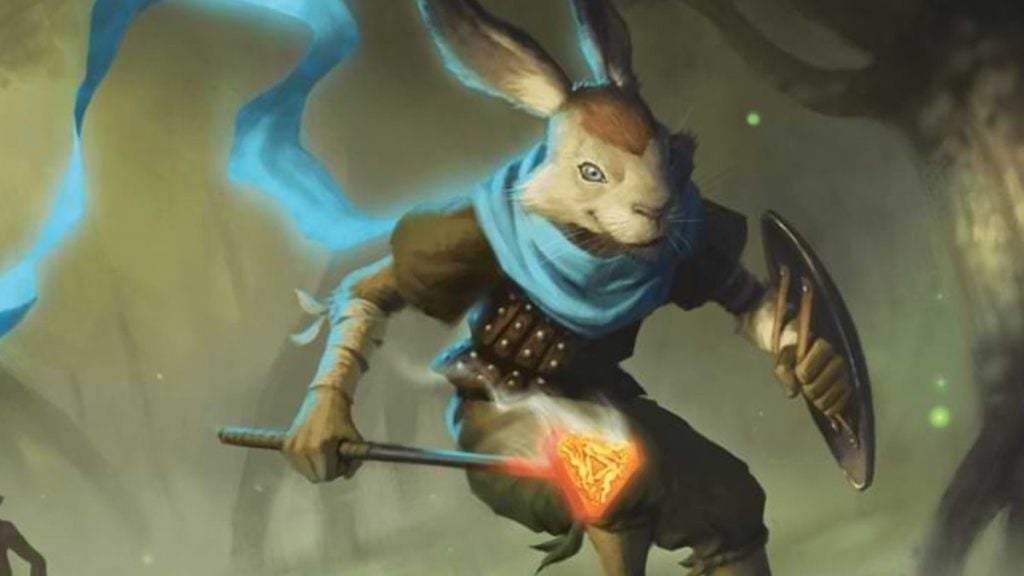
Let’s face it: people don’t like the Harengon because they’re not the sexy kind of humanoid rabbits like the Viera from FF14. Rabbits aren’t precisely fearsome, nor are they particularly badass, so it’s easy to see why people overlook them, especially as there are plenty of animal-themed monsters in D&D 5E already.
The Harengon are actually some of the best melee fighters in the game, thanks to their ability to add their Proficiency bonus to their Initiative, allowing them to act faster. On top of this, they can perform a Rabbit Hop, allowing them to jump during combat without provoking attacks of opportunity, giving them a free Disengage ability. These traits, coupled with natural Perception Proficiency and the ability to add a d4 to Dexterity saving throws, make them an excellent choice for a swift warrior build, such as a Monk, Ranger, or swashbuckling Fighter.
D&D 5E’s Hexbloods Make For Excellent Spellcasters

Hags often appear as villains in D&D 5E and its spin-off media, such as Auntie Ethel in Baldur’s Gate 3. They’re often portrayed as evil spellcasters who trap mortals in slippery contracts to enslave them. As such, most players don’t want to be connected to them, especially when they’re so often portrayed as hideous in appearance and childlike in demeanor.
The Hexblood is a Lineage from Van Richten’s Guide to Ravenloft, which is a template you apply to an existing race (though you only keep the movement speed and skill proficiencies of the source race). Hexbloods result from curses gone wrong thanks to Feywild trickery, with the characters often bearing physical manifestations of the debt they owe to their hag patron or parent.
Hexbloods are an excellent choice for spellcasters and may well be the best Warlocks in the game because they can add Disguise Self and Hex to their spell list (and can cast them once per Long Rest for free), receive Darkvision, and create tokens from their body that let them communicate telepathically with allies up to ten miles away, or see/hear through the token. These are all potent gifts for an arcane spellcaster, allowing them to put their cursed abilities to good use.
D&D 5E’s Loxodon Are Master Monks
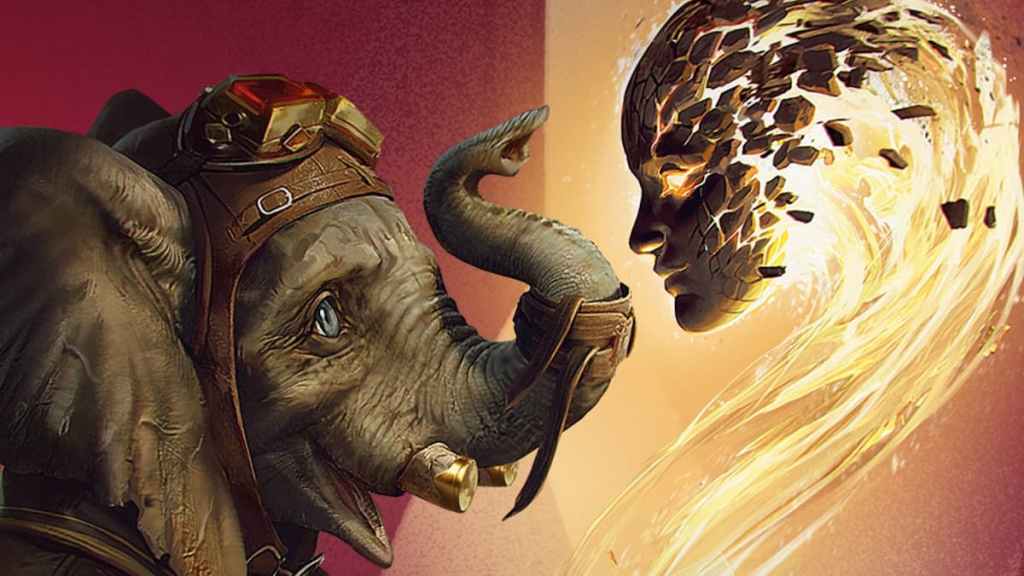
The Magic: The Gathering races don’t get as much love in D&D 5E as they should because they are kept to a single sourcebook, and if you’re not interested in locations like Strixhaven or Theros, you’ll never see them in action.
The Loxodon race appears in Guildmaster’s Guide to Ravnica. These are elephant humanoids who are known for their calm disposition and desire for knowledge. While some players might not want to play an elephant person, they should consider if they wish to play a Monk, as Loxodon are one of the few races ideally suited for the class.
All Loxodon have the Natural Armor trait, where their AC is 12 + their Constitution modifier. This means you can play a Monk that doesn’t need a high Dexterity stat, as Strength works just as well for their attacks. They also possess a Trunk, which can perform unarmed strikes or attempt a grapple, giving you an extra option when your character is bound or loses a limb. Rolling up a grapple build Loxodon Monk centered around an elephant’s trunk is also a surefire way to make your DM seek a new hobby, like golf or scuba diving.
D&D 5E’s Kender Can Break From The Horrors Of The Novels
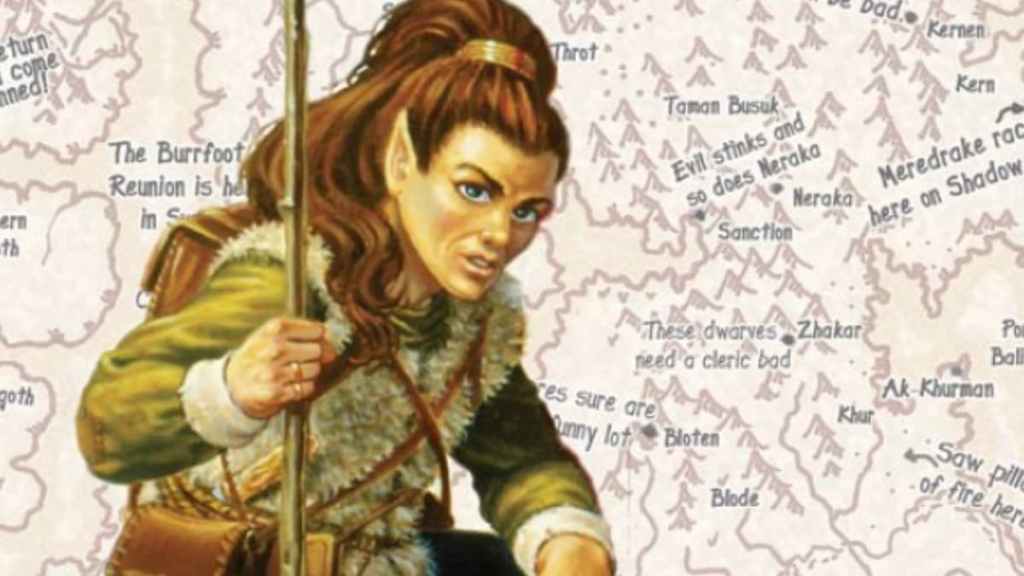
There was a time when DMs would outright refuse to let a player pick a Kender as their character’s race, and with good reason. This is because Kender are one of the most annoying races, as the lore surrounding them gives players a chance to act in a disruptive way due to how they’re portrayed in the Dragonlance novels.
Kender are a race native to the world of Krynn from the Dragonlance campaign setting. In the Dragonlance novels, Kender are portrayed as being endlessly curious and unable to concentrate on tasks for long, which is a polite way of saying that they steal items that they find interesting to examine them and forget they took them, leading to many situations where the party runs afoul of law enforcement.
The Dragonlance setting returned to D&D 5E as part of the Dragonlance: Shadow of the Dragon Queen campaign, which also included the return of the Kender. The world of Krynn has been adapted to fit the D&D 5E rules, and some of the more disruptive tendencies of the Kender race have been toned down in the process, removing the excuse that many old players used to justify bad behavior. Instead, we now have an interesting alternative to the Halfling, with a Taunt ability that works great with the Bard class.
D&D 5e’s Hadozee Can Be Natural Tanks
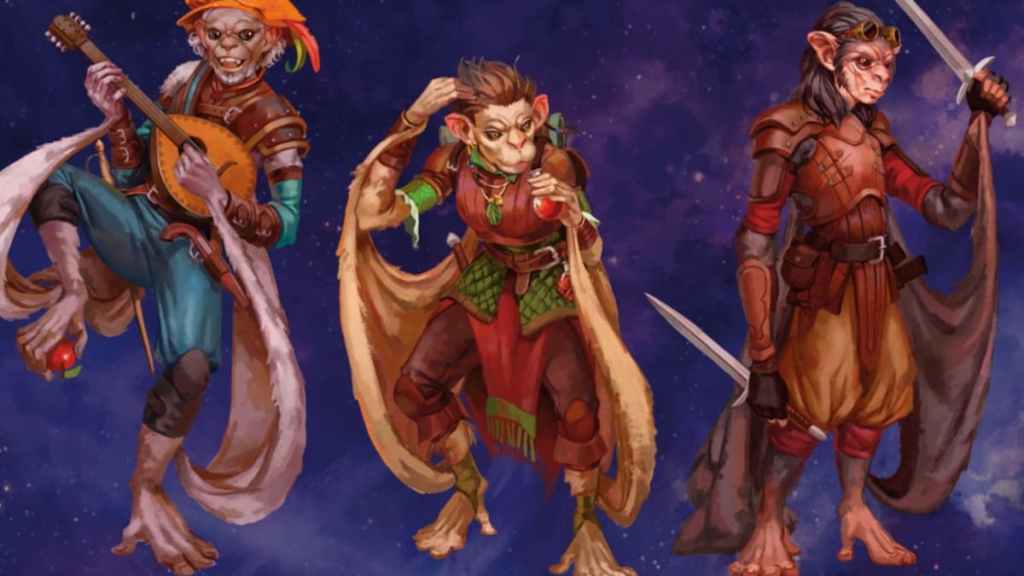
Spelljammer: Adventures in Space adapted a lot of strange races to D&D 5E, including the Giff (gun-toting hippo humanoids) and Astral Elves (near-immortal explorers of the stars). There is also the Hadozee, who are mixtures of simians and flying squirrels, which aren’t quite as visually impressive as the robots and aliens who appeared in the same book.
Related: DnD Beyond: How To Claim The Minecraft-Inspired Lightning Keep Adventure For Free
The Hadozee shouldn’t be overlooked, mostly due to their Hadozee Resilience trait. This lets them roll a d6 and use it to reduce the damage taken from an attack, and it can be used several times equal to their Proficiency Bonus. This means that a Hadozee Barbarian can reduce damage to nothing when raging, or more importantly, a Hadozee spellcaster can reduce the check needed when being hit and needing to maintain their concentration on a spell.



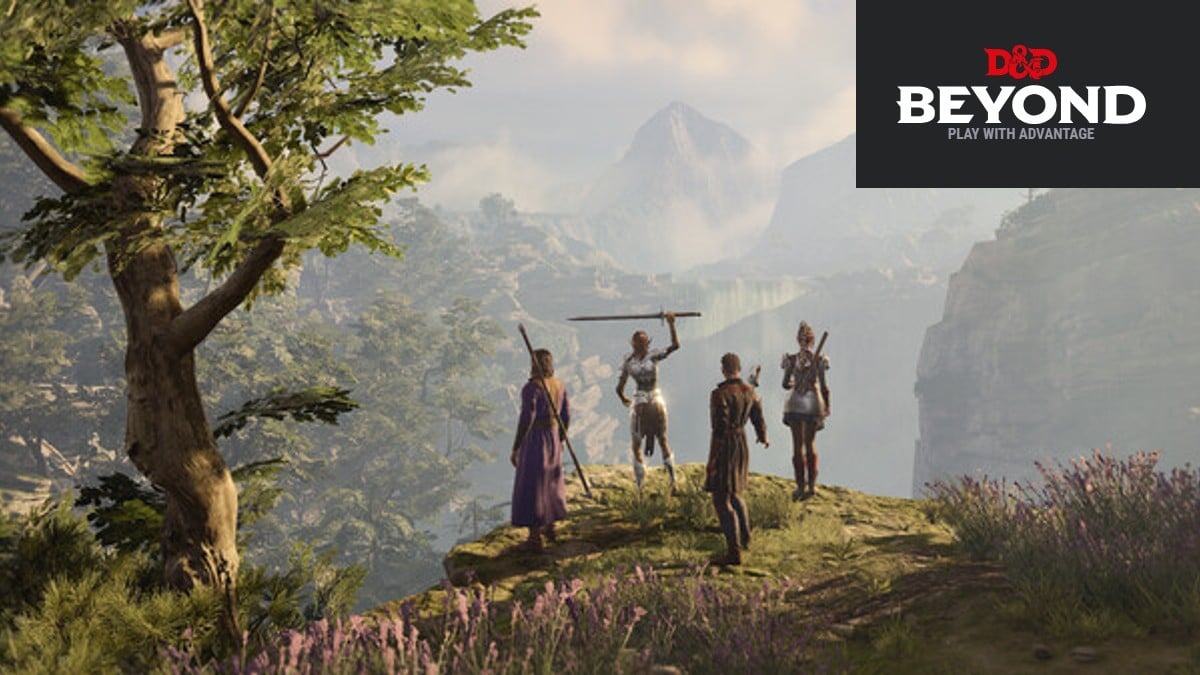
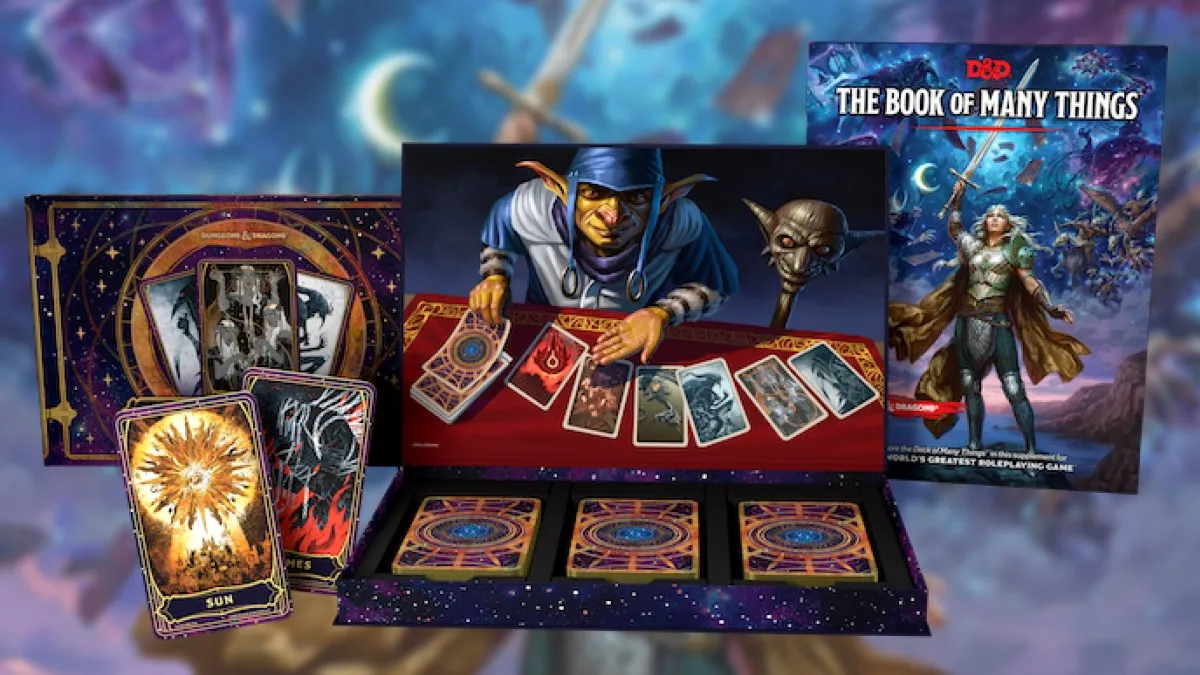
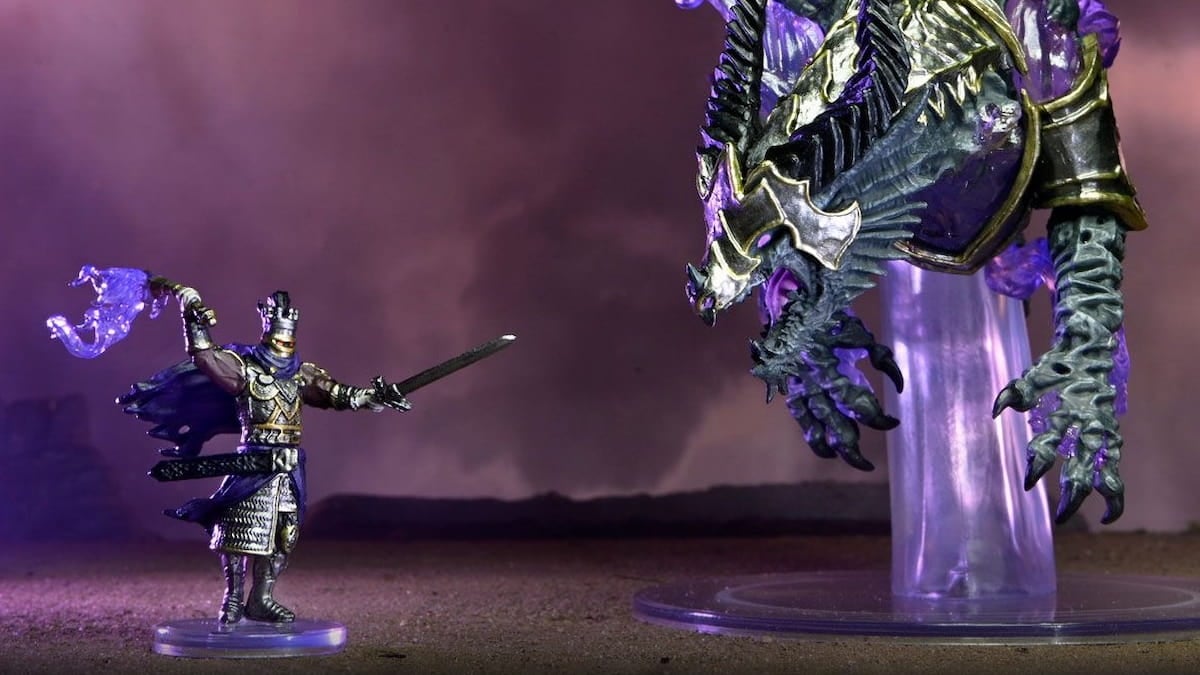
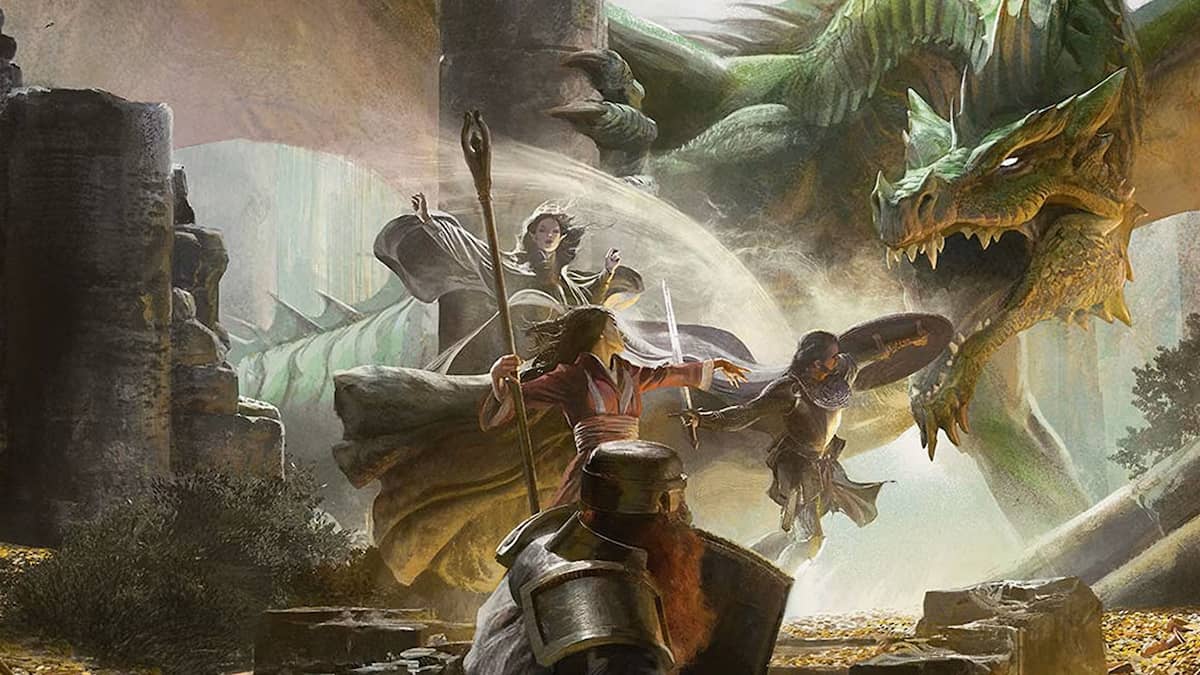
Published: Oct 3, 2023 03:12 am